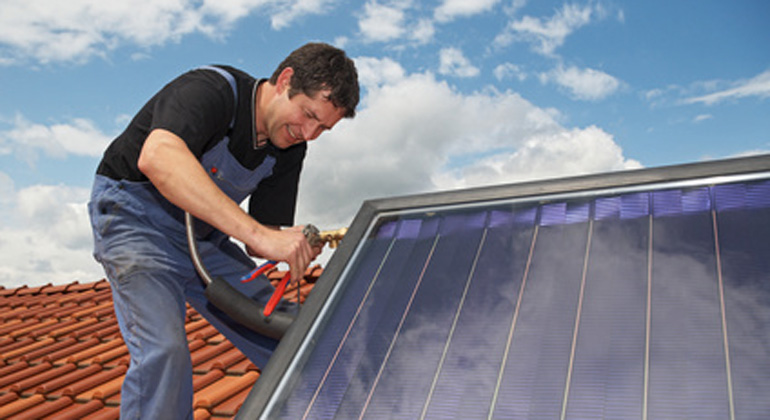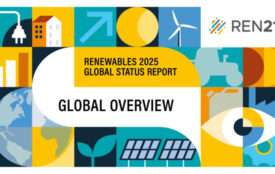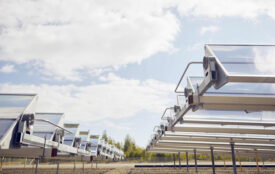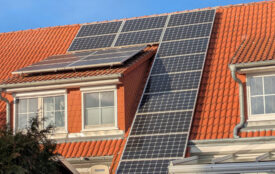Solar PV module market set to decline despite significant capacity addition by 2020, says GlobalData
Solar Photovoltaic (PV) module annual installed capacity is set to increase gradually from 49.77 Gigawatts (GW) in 2015 to 69.86 GW by 2020, due to an increase in economies of scale, emerging technologies, and policy-based governmental and institutional support for the industry, according to research and consulting firm GlobalData.
The company’s latest report states that PV module prices are estimated to dip further during the forecast period due to competitive market conditions. Despite an increase in module capacity additions, the global solar PV market will decline in value from $39.71 billion in 2016 to $33.43 billion in 2020. With minimal price differences between module suppliers, buyers are price sensitive, thus creating persistent price pressures.
Praveen Kumar Ama, GlobalData’s Analyst covering Power, explains: “With the year-on-year reduction in global module prices, the projects have less capital investment and have driven the solar power system installations on the whole.
“The crystalline silicon (c-Si) and thin-film modules have seen large price drops since 2010. The average price of a module was approximately $2.17 per watt and $1.99 per watt in 2010 for c-Si and thin-film modules, respectively. Module prices fell sharply in 2011 due to a production rush, leading to oversupply.
“Falling prices stabilized starting 2014 and reached $0.61 per watt and $0.60 per watt in 2015 for c-Si and thin-film module, respectively. This price is expected to fall further during the forecast period, reaching $0.48 per watt and $0.46 per watt for c-Si and thin-film module, respectively, by 2020.”
Growing environmental concern has been the key driver for renewable energy, as countries across the world have sought to achieve energy stability and independence, and to minimize their carbon footprints.
Ama continues: “Despite climate concerns, some countries have either rolled back incentive schemes or reduced the level of incentive, which has raised uncertainty over the profitability of solar projects. This may hamper the growth of solar installations worldwide. For instance, Feed-in Tariff (FiT) levels have been reduced in the UK and Japan. Japan has also proposed changes in its FiT structure, which will have a negative impact on the growth of the solar PV sector.”








